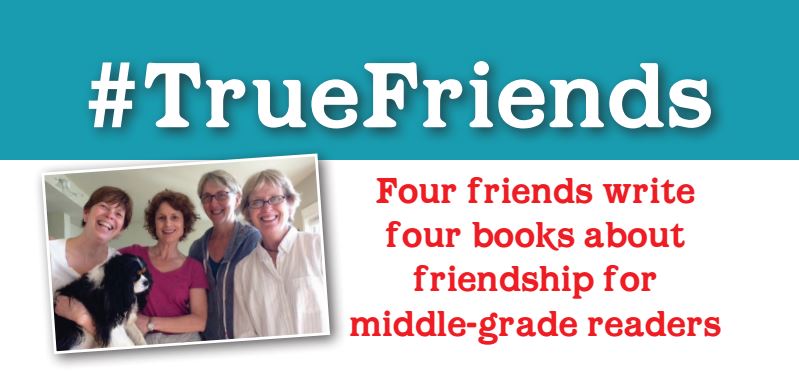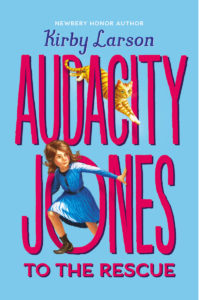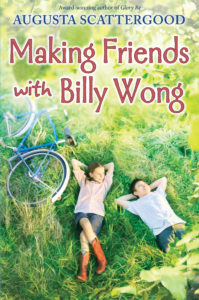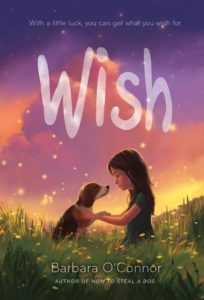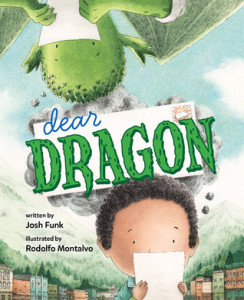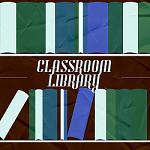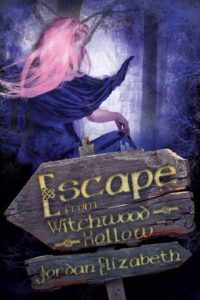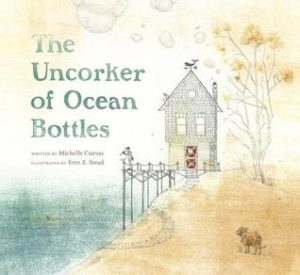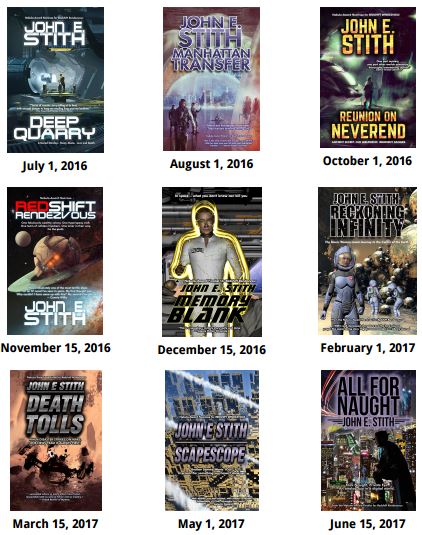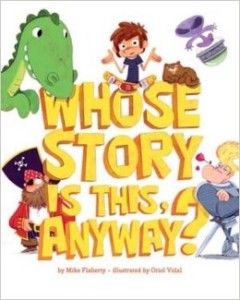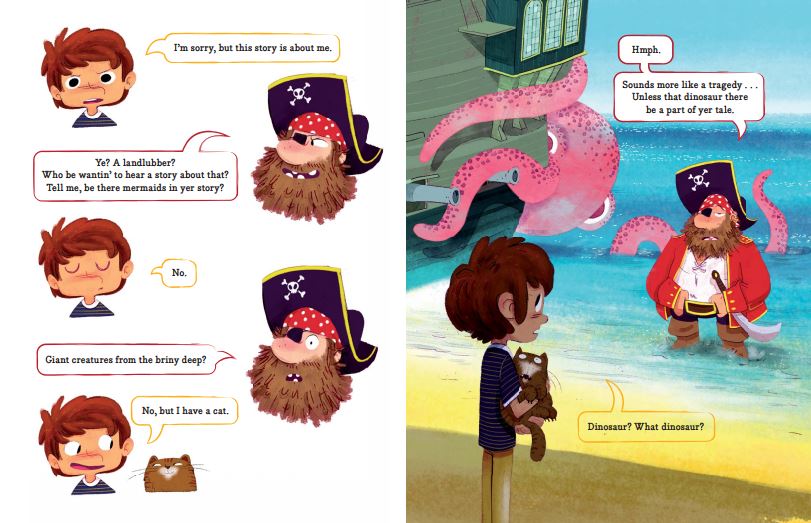“How to Love the Language Your Students Use”
By Matthew Jobin, Author of The Nethergrim series
In sooth, I know not why I am so sad:
It wearies me; you say it wearies you;
Antonio, The Merchant of Venice (slightly abridged), Act 1, Scene 1.
It is a truism, or at least a trope, of adult life that we grownups inevitably begin to hear slang uttered by children and teens that we fail to understand. It’s never fun to hear words bandied back and forth between your juniors and be unable to follow it. Worse still, an adult might justifiably fear breaking into the conversation of younger people with the equivalent of ‘Hey, cool cats, I sure am hip to your rad lingo!’. No one has to deal with this divide more than teachers, who are not only grownups in constant contact with children, but also the gatekeepers to those students’ future. One of the things I learned in graduate school studying anthropology is that language serves many functions, only one of which is the simple conveyance of information. Another major function is inclusion within or exclusion from a group. Using slang correctly is a way of waving a door pass to get into a club. If you use the words the same way the cool kids do, then the cool kids either have to admit you know what they are talking about or change the slang to make sure you no longer do. The latter is, of course, the most likely occurrence of a fortysomething bursting into a gang of teenagers uttering “O hai random swag is amazeballs, bae!” or something to that effect. Knowing that there are words set up to exclude you from youth culture can sting (though to be honest, I’m fine with no longer being fifteen), but more importantly, a teacher might worry that he will have trouble getting ideas across in full to his students.
One way to talk across that barrier without breaking it down is to show students how language changes over time, and thus how what now sounds archaic was once the latest slang. Consider the currently hated word ‘literally’. It drives many people nuts to hear the word used to emphasize truth in a statement. It drives me especially nuts to hear it emerging from my own mouth from time to time, knowing all the while that I was getting by just fine without saying it nearly so much five years ago. It is easy to simply dismiss this as a symptom of the lazy thinking that goes on these days, or lax standards in the home, or not enough ten-year-olds reading Kant’s Critique of Pure Reason, or some such. Don’t go that way; the kids are all right, just like you were. I am not saying that it is nice to hear ‘literally’ overused, but consider, though, what this use of ‘literally’ actually means. It is a way of saying “I assert the truth of this statement”. Can you think of other ways to say this? Have a look up at the Shakespeare quote from the top. Yup, that’s right. “In sooth” and “forsooth” do more or less the same job as “literally”. We might not talk exactly the same way they did in 1602, but we have mostly the same things to talk about. Connecting students to the fact that slang is ever-changing but at the same time never really new might give them a fresh perspective on the classics.
“I literally do not know why I am so sad:
It wearies me; you say it wearies you;”
Antonio, The Merchant of Venice (slightly abridged), Act 1, Scene 1.
Let’s go one step further. Some of you might have taken on the task of teaching Beowulf, a text in English so old that it is no longer intelligible to the untrained reader. The very first line, however, begins with “Hwaet!”, the call from the poet for the listeners to shut up, put down their mead cups and bend an ear. The word is an opener, a way to convey the idea that the speaker needs to to start listening so that he can tell you what he needs you to hear. That sounds an awful lot to me like “Listen up!” or even “O hai!”.
Is not “boon companion” another way of saying “bruh”? Is not “Zounds!” a form of “Wow. Just wow.”? Meanings shift and change context, but the basics of human life do not. The struggle for personal identity that characterizes late childhood and adolescence is much older than Shakespeare and the Beowulf poet. It is something fundamentally human, something our language hints at over and over in ever-changing guises through the years.
Personally, I would love to hear young folks bandying around ‘forsooth’ and ‘yea verily!’ for a while, just for a change-up. If any teacher out there can make a game out of that, she might find that she has squared the proverbial circle and made learning fun. Good writing deals in universals, and the interested reader will find more similarities than differences between his world and the world of the book he reads. This is because we are humans making human stories for humans. The jargon of Shakespeare might seem at first as impenetrable and intimidating as a gang of cool kids uttering the very latest gatekeeper slang around a teacher (or a nerd), but once the bridge has been crossed and the student understands that with slang, ’twas ever thus, he might begin to see the outlines of the very familiar ideas underneath the archaic forms of speech. After all, many of Dickens’ works are exposés of social injustice and inequality. Romeo and Juliet, rather famously, is partly about a gang war. If you read The Canterbury Tales and do not feel like taking a gap year and going backpacking through Europe, then I think you must be reading it upside-down. Slang, usage and jargon is surface; the depths are the common experiences of human life.
We few, we cray, cray few, we band of bruhs;
For he to-day that sheds his blood with me
Shall be my bruh; be he just some random n00b,
This day he shall be totally amazeballs.
Once more unto the breach, bruh. Yolo.
Henry V, King Henry V (slightly abridged and a bit mashed up), Act 4, Scene 3-ish.
So, hope that was not too random, but anyway, meh whatever. Hungry. Time for noms.
Matthew Jobin’s latest book, “The Skeleth”, second in the Nethergrim series, will be published May 2016.
Author Bio: A native of Canada, Matthew Jobin holds a Ph.D. in anthropology from Stanford University. He lectures in anthropology at Santa Clara University. The idea for The Nethergrim came to Matthew as a young boy exploring the forest surrounding his home. Intent on telling the story of this fantasy world, he’s been developing it and its inhabitants ever since. Matthew lives in the San Francisco Bay Area with his wife, Tina.
For more information visit his website at: http://www.matthewjobin.com and follow him on Facebook and Twitter.
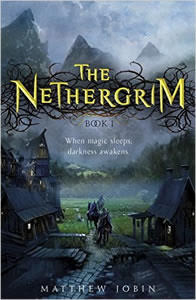
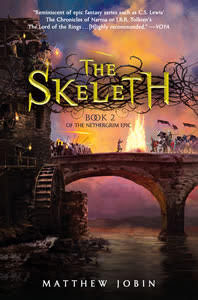
By Matthew Jobin
Series: The Nethergrim (Book 1)
Published by Puffin Books
Paperback: 368 pages
Age Range: 10 and up
February 5, 2015; $8.99 US/$9.99 CAN; 9780142422687
Description
The Next Great Fantasy Epic is here! For fans of Ranger’s Apprentice and the Chronicles of Narnia.
Everyone in Moorvale believes the legend: The brave knight Tristan and the famed wizard Vithric, in an epic battle decades ago, had defeated the evil Nethergrim and his minions. To this day, songs are sung and festivals held in the heroes’ honor. Yet now something dark has crept over the village. First animals disappear, their only remains a pile of bones licked clean. Then something worse: children disappear. The whispers begin quietly yet soon turn into a shout: The Nethergrim has returned!
Edmund’s brother is one of the missing, and Edmund knows he must do something to save his life. But what? Though a student of magic, he struggles to cast even the simplest spell. Still, he and his friends swallow their fear and set out to battle an ancient evil whose powers none of them can imagine. They will need to come together–and work apart–in ways that will test every ounce of resolve.
In a story reminiscent of the Ranger’s Apprentice epic and the Chronicles of Narnia, Matthew Jobin weaves reality, magic, and adventure into the next great fantasy phenomenon.
The Skeleth
By Matthew Jobin
Series: The Nethergrim (Book 2)
Published by Philomel Books
Hardcover: 400 pages
Age Range: 10 and up
May 10, 2016; $17.99 US/$23.99 CAN; 9780399159992
Description
Discover for yourself why reviewers are comparing The Nethergrim to Lord of the Rings, Narnia, and Ranger’s Apprentice! The next great epic fantasy is here . . .
For the lords of the north, land is power. The Nethergrim, now awoken and free to wreak its evil upon the world, offers the promise of victory to those ruthless enough to accept its foul bargain. One ambitious lord, eager for the chance to conquer and rule, succumbs to temptation and helps to free the Skeleth — eerie, otherworldly beings said to be unstoppable in battle. The Skeleth merge with the bodies of their victims, ruling their minds and turning them into remorseless killers. Worse yet, to kill the man inside the Skeleth only frees it to seize a new host, starting a cycle of violence that has no end.
Such chilling tales are not enough to stop young Edmund, innkeeper’s son and would-be wizard, from seeking for a way to turn back the oncoming tide of destruction. Along with his best friends — Katherine the trainer of war-horses and Tom the runaway slave — Edmund searches for a magical weakness in the Skeleth, something that might allow him to break their never-ending curse. The three friends join with the legendary hero Tristan in a battle of courage, wisdom, wits, and sacrifice to stop the Skeleth from ravaging their homeland and all they hold dear.
This adventurous tale that marries earthly greed to otherworldly evil is perfect for fans who enjoy the epic worlds of John Flanagan’s Ranger’s Apprentice, Robert Jordan’s The Wheel of Time, J.R.R. Tolkien’s The Lord of the Rings, and George R.R. Martin’s Game of Thrones. Discover for yourself why so many are making the comparisons!
Thank you Matthew for this thought-provoking post!
 and
and
